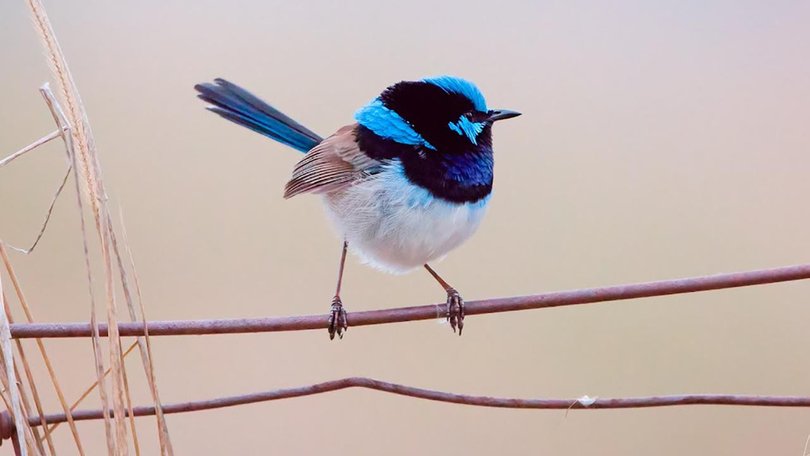Canberra: Beloved fairywrens take slow flight towards extinction

A climate-related decline in Canberra’s population of superb fairywrens may have worrying implications for other Australian birds, researchers believe.
Scientists who have monitored the species since the late 1980s at the Australian National Botanic Gardens have recorded the largest winter mortality rate of the tiny birds.
Associate Professor Damien Farine attributed the die-off to sudden cold snaps following months of above-average temperatures.
Sign up to The Nightly's newsletters.
Get the first look at the digital newspaper, curated daily stories and breaking headlines delivered to your inbox.
By continuing you agree to our Terms and Privacy Policy.“What happened in Canberra was that it was unseasonably warm up until the end of May, and then winter hit very suddenly,” said Assoc Prof Farine of Australian National University’s Research School of Biology.
“The first major wave of mortality that we saw was in that two weeks following that initial drop in temperature.”
In July, the same pattern was observed: a week of above-average temperatures, followed by an abrupt shift where the mercury plummeted to well below freezing overnight temperatures.
While fairywrens are well adapted to surviving drought conditions, they are less able to cope with extreme cold.
More than half the known adult population of 72 birds at the botanic gardens has died since last summer, with only six out of 39 chicks surviving the winter.
Each bird is uniquely identifiable by numbered colour bands on their legs.
Assoc Prof Farine said the decades-long observations provided a valuable insight into the long-term decline in abundance of Australian birdlife.
“It means we can put in context what’s happening. The previous worst result was in the late 90s and early 2000s, when we lost about 20 per cent of the (fairywren) population,” he said.
“This year is completely unprecedented. It’s twice as bad as anything previously.”
Superb fairywrens are a familiar sight in gardens around south-eastern Australia, but Assoc Prof Farine warned the botanic gardens population was trending towards extinction.
“At the end of last summer, the population was at about 60 per cent lower than what the long-term numbers were,” he said.
“Through the 1980s and 1990s, we were still holding above 150 birds in the population, and then since the early 2000s we’ve seen this steady decline.”
He said that tracked with observed declines in other once-common birds of south-eastern Australia, and had been replicated at other study sites.
“Some of our colleagues work on another population of fairywrens at Mt Ainslie, and they’ve lost 75 per cent of their females,” he said.
“We think that probably is being mirrored throughout south-eastern Australia.”
